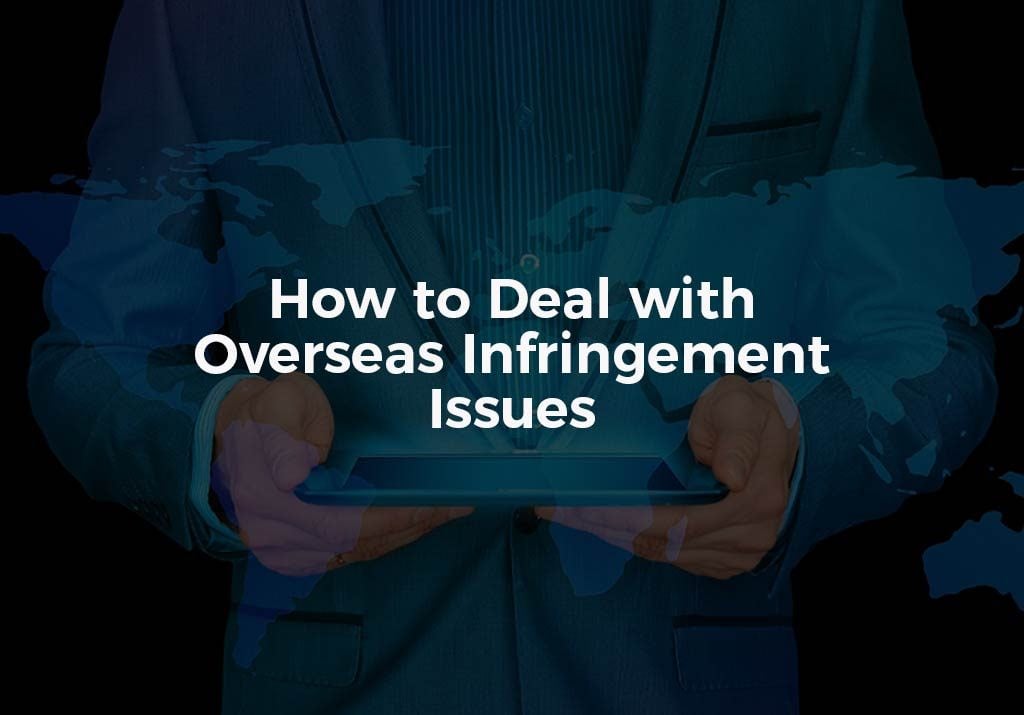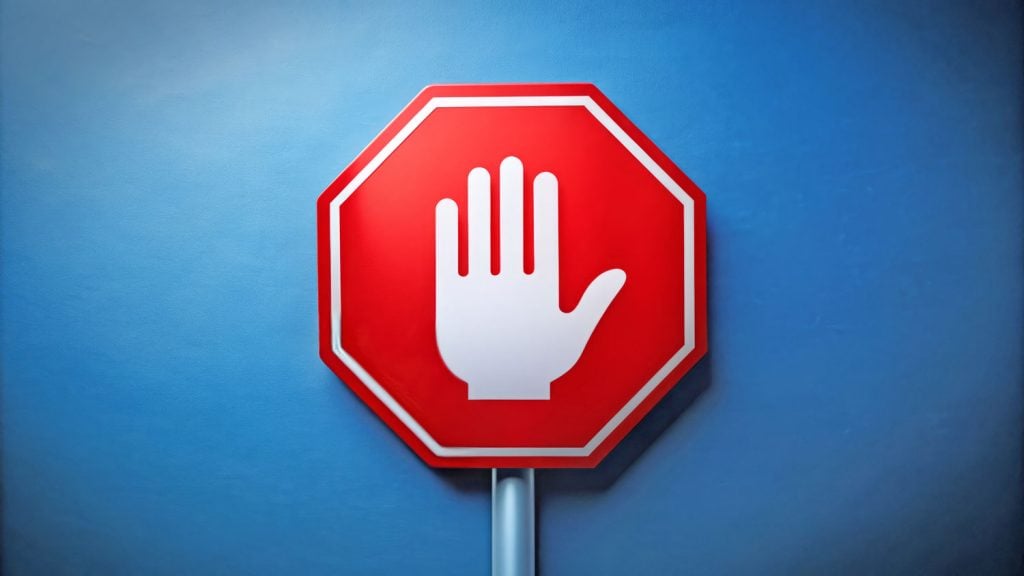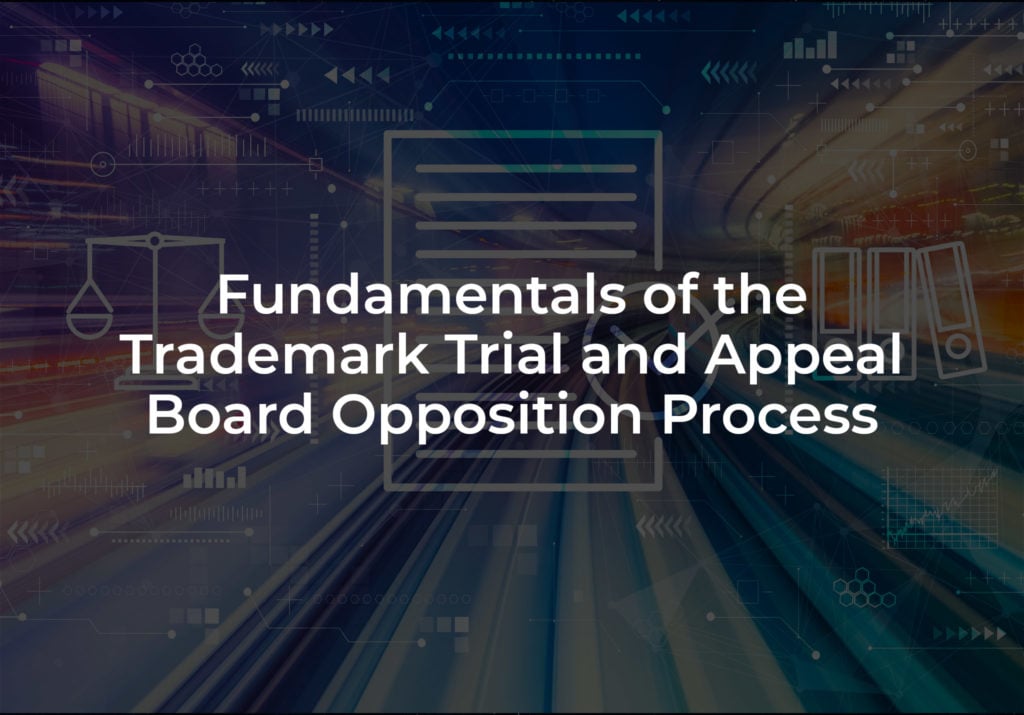International property theft is a significant problem for American companies, costing upwards of $600 billion each year. As we all know, China accounts for a majority of this theft.
The best way to protect your intellectual property is to have the law on your side from before the infringement takes place. Registering patents, trademarks, and copyrights in foreign countries can take a long time, sometimes over a year. You don’t want the infringer to have that time to continue hurting your brand and profits.
Once you have your registrations, you need to monitor them regularly. Since this is a private protection, it is your responsibility to monitor and stop any infringement.
Gain Protection Before the Infringement
For full patent protection, you need to file a patent in each country for which you want the protection. The same goes for trademark and copyright protection. The World Intellectual Property Organization provides information and contact information for filing your patents.
However, there is an easier way, the Patent Cooperation Treaty streamlines the patent application process for multiple countries. This way you file in one country and concurrently seek patent protection in 143 other countries.
For trademark protection, you need to file in each country you want protection. The Madrid Protocol is what facilitates the filing of a trademark in multiple countries. When you submit your trademark in the US, you can concurrently seek protection in up to 84 different countries.
The United States has relationships with many countries to honor copyright protection. However, it isn’t with every country.
The Berne Convention applies to 180 countries that have ratified a treaty called the Berne Convention that outlines the minimum standards of protection that country should provide. This can help you understand an enforce your protections in other countries. One of the basic principles of the Berne Convention is automatic protection.
If you’re concerned about trademark infringement, you can learn more about what constitutes trademark infringement here.
Create Contracts for Your Protection
Another way you can protect your intellectual property is by contracting for it. Require the other businesses you work with to sign a carefully constructed document that affords you protection.
This should include a non-disclosure agreement. This ensures that any agreements, technology, sales information, or licenses do not get shared from the onset of your relationship.
You should also include an explicit IP ownership clause. This puts everyone on notice that you own the intellectual property.
Use Insurance
International litigation can be an expensive venture. Foreign infringers know this, and they use this financial leverage to their advantage. Take this power away from them by purchasing insurance.
Intellectual Property Insurance will protect you from the significant legal costs you will incur when you decide to pursue a legal claim against an infringer.
It can also protect you if a foreign company tries to make a claim against you. Someone internationally may think your company is too similar to your and file a claim against you.
File a Claim
You need to look at where the infringement took place to know what country you need to raise your infringement complaint in.
For example, you have a patent in the United States where you actively sell your product. A competitor gathers your patented components in the US and ships them overseas for assembly and sale.
The Supreme Court recently made a groundbreaking decision that as the patent holder, you are entitled to recover those lost foreign profits. Even though the infringing product is in a foreign country, the actual infringement took place within US borders.
Protect Your Intellectual Property Today
When it comes to protecting your intellectual property on an international level, you need to take a proactive approach. Start by filing a registration for your patent, trademark, or copyright here in the United States. You can then concurrently seek protection in cooperating countries.
Once you have your registrations, you need to monitor for infringement. When someone does infringe, you need to protect your interests by filing a claim in the court system that has jurisdiction.
We can help you with every phase of your intellectual property protection, from filing to litigation, we are on your side.
Contact us today start protecting your intellectual property in your international markets.




